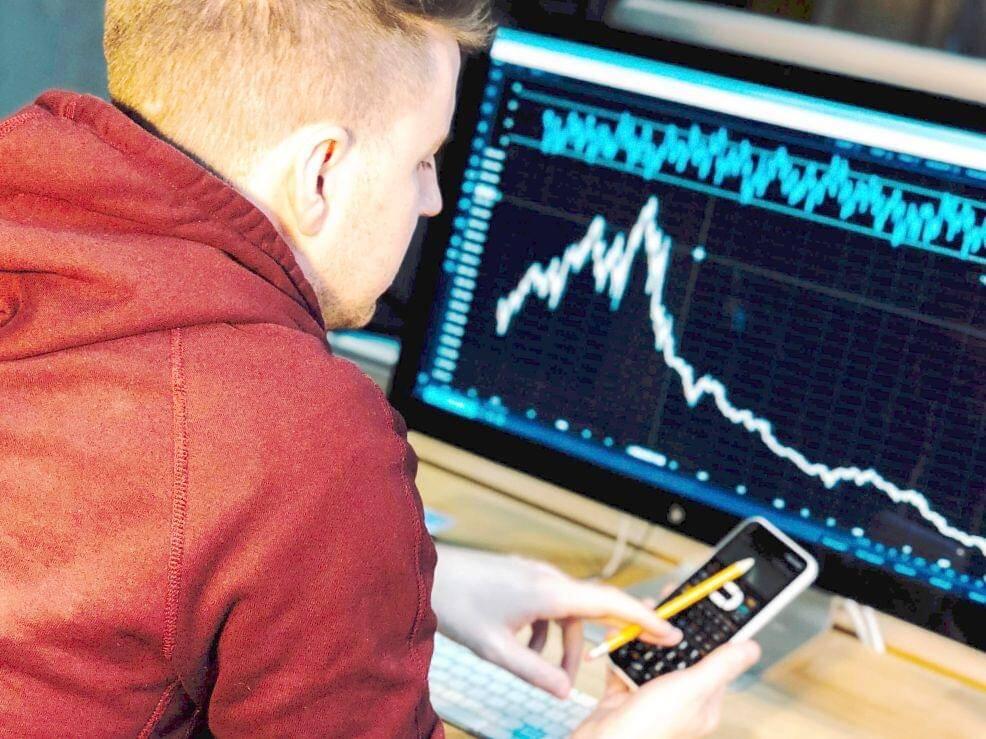
Take your learning and productivity to the next level with our Premium Templates. Note that we’re talking about actual sold units, not the value of said units. This insights and his love for researching SaaS products enables him to provide in-depth, fact-based software reviews to enable software buyers what does full cycle accounts payable mean make better decisions. Situations, where materials are not delivered on time, may occur. Determination of Economic Order Quantity (EOQ) does not put a delay in delivery time into consideration. It gives the best results concerning inventory which leads to better and long-lasting patronage.
The figure graphs the holding cost and ordering cost per year equations. The third line is the addition of these two equations, which generates the total inventory cost per year. The lowest (minimum) part of the total cost curve will give the economic batch quantity as illustrated in the next section.
Learning how to manage inventory is one of the biggest challenges of owning an eCommerce business. There are many different models for forecasting inventory, and plenty of textbooks written on the subject. Stocks are not always sold out resulting in some leftovers. The EOQ assumes the lowest level at which stock can be reduced to is zero. Although Economic Order Quantity is efficient, it can only function in situations where demands are constant.
Limitations of EOQ
However, you can turn that limitation into an advantage by studying the historical records thoroughly and highlight the change/hike, extra demand observed for the product every year. Consider the running trends as well and base your EOQ on that. Helps to reduce the opportunity costs of the organization. Because the organization can direct the resources where it’s in need the most, deploying these methods will reduce the diversion of funds to more productive regions.
Inventory Management: Process, Techniques, and Benefits – ThomasNet News
Inventory Management: Process, Techniques, and Benefits.
Posted: Fri, 24 Mar 2023 07:00:00 GMT [source]
If the person wishes to know the annual holding costs, they may average the units and multiply them by the holding costs. Brings the inventory costs, inventory levels, and inventory management at optimal levels. The annual ordering cost is Rs 25 Crores, the quantity demanded is 1 Crore, and holding costs are Rs 10 Crore.
A Comprehensive Guide on Distributed Order Management
The EOQ formula can be paired with the reorder point formula, which helps a business identify when it should order more inventory. Using these calculations together can help a business avoid running out of stock for its products without carrying more inventory than it needs to. In many cases, you can incorporate the EOQ of a product into a point-of-sale system.
Your EOQ figure is therefore a useful guide in setting minimum and maximum stock levels in Unleashed. EOQ is a formula for calculating minimum purchase order requirements for a business, whereas MOQ is the minimum purchase order for the seller. With these limitations in mind, EOQ tends to work best with scale. The more purchase orders and units being shipped and the higher the costs, the more likely it is that these averages will be more representative of the year as a whole. When dealing with very small figures, EOQ may be too simplistic – useful more as an ‘average scenario’ indicator than a reliable figure. Capital costs + inventory service costs + inventory risk costs + inventory storage costs, divided by average inventory value.
How To Identify the Optimal Number of Products
When your product inventory levels reach their reorder points, you’ll be prompted to place another order. Calculating the EOQ for your business helps you find a good balance for your order and inventory costs, which are easy to overlook in day-to-day business. The EOQ formula shouldn’t be taken as gospel, but it’s a useful tool for informed, effective inventory control. It’s an important figure for any business trying to minimise overspending while meeting demand, and especially for any business looking to reduce its overall inventory costs. The Economic Order Quantity (EOQ) is known as a cash flow tool that helps to control cash that has been held down in a company’s inventory balance. Minimizing the level of inventory means more cash for other business investments.

A clothing shop has white graphics t-shirts, and the shop sells 1,000 of them each year. It costs the company $4 per year to hold the t-shirts in their inventory, and the fixed cost to place an order is $2. As a business owner, your main enemies are overabundance and/or shortage of goods. When you have inventory in large quantities sitting in your warehouse and no one to dispatch them to, it adds to your costs. At the same time, if you don’t order enough goods, you will fail to fulfill your customer’s demands. This method is most suitable for organizations with stable inventory levels.
Why do you need the Economic Order Quantity formula?
But if you order more than you can sell, you will start to rack up holding costs. Businesses use the EOQ formula to help them reduce their overall inventory costs. The economic order quantity, or EOQ, is the optimal number of units a business should purchase when replenishing inventory while minimizing inventory costs that could eat into profit margins. EOQ is based on ordering products from a third party, while EPQ refers to products being manufactured by the business, and therefore takes rate of production into account. Inventory managers use EPQ to determine optimum lot sizes during production in order to minimise equipment setup and product storage costs.
- Holding costs include warehousing and logistics costs, insurance, opportunity costs, and depreciation costs.
- Similarly, it is also clear that the economic batch quantity decreases as the cost per piece and inventory carrying rate increase.
- The EOQ is designed to help companies or small businesses strategize to minimize their overall costs by learning the trends of their production.
- By arriving at an optimal number of products to order, the company can minimize the costs for the buying, delivery, and storage of items.
It might have a problem filling customer orders and satisfying their needs. Let us suppose that if the organization’s orders are too large, this could mean a lot of resources are stuck in the inventory. And the firm isn’t paid back until the merchandise is completely sold out. We believe everyone should be able to make financial decisions with confidence. Economic Order Quantity or EOQ can be defined as the optimum level of quantity and frequency of orders for a particular level of demand. James runs an eCommerce store that sells t-shirts, buying interesting designs in bulk and holding stock at a small warehouse.
Opportunity costs are the costs you incurred to place the order, or cash spent which could’ve been used for other purposes. Depending on your product, you may or may not have depreciation costs, but you will likely have some write-offs https://online-accounting.net/ for damaged or lost inventory and slow moving items. Holding cost is the total costs a company incurs to hold inventory in a warehouse or store. The total holding costs depend on the size of the order placed for inventory.
Economic Order Quantity helps a business time its orders for inventory to avoid low stocks and dead stocks situations. Using EOC helps the company stay ahead of demands and not run out of stocks. Stocks are available in abundance and deadlines are easily met when you use the Economic Order Quantity to perfection. This results in keeping long-term customers and clients, and lower customer acquisition costs (CAC). Economic Order Quantity is valuable to both small and big business owners. It assists managers in taking decisions on the number of times they make orders on a particular item, how often they reorder to get low possible costs and how much inventory they have.
Factors to Calculate EOQ
Malakooti (2013)[10] has introduced the multi-criteria EOQ models where the criteria could be minimizing the total cost, Order quantity (inventory), and Shortages. Assume, for example, a retail clothing shop carries a line of men’s jeans, and the shop sells 1,000 pairs of jeans each year. It costs the company $5 per year to hold a pair of jeans in inventory, and the fixed cost to place an order is $2.
Tags: